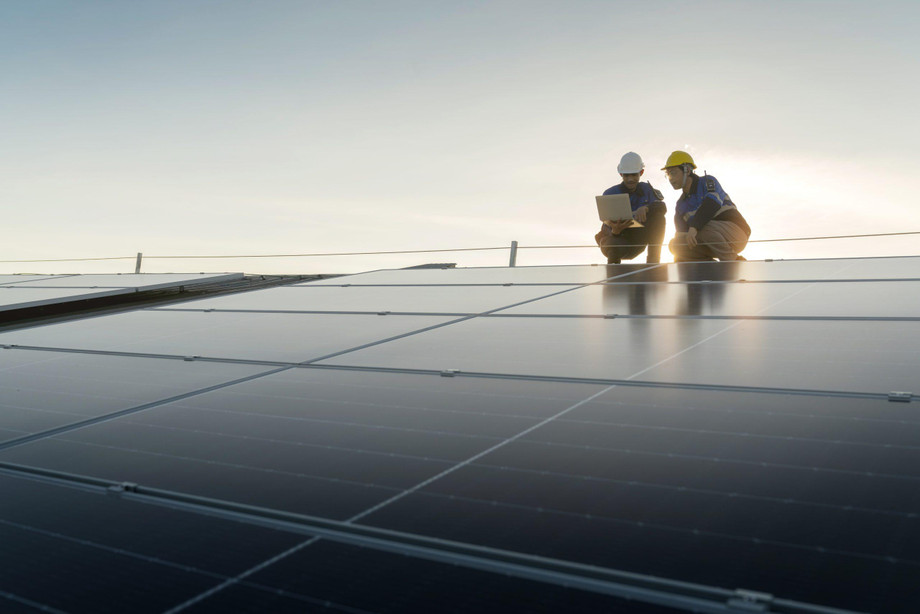Understanding the Costs of Emergency Power Function in PV Systems: A Comprehensive Guide
In today's world, having a reliable source of electricity is essential, especially during power outages. Solar photovoltaic (PV) systems with an emergency power function, or "Notstromfunktion," provide a sustainable and dependable solution. This article explores the costs associated with integrating an emergency power function into your PV system, helping you make an informed decision.
Battery Storage: Stores excess energy generated by the PV panels for use during outages.
Inverter/Charger: Converts DC power from the batteries to AC power for household use and manages the charging and discharging of batteries.
Automatic Transfer Switch (ATS): Automatically switches the power source from the grid to the PV system during an outage.
Control System: Manages the operation of the entire system, ensuring seamless transition and efficient energy use.
Factors Influencing the Cost
The cost of integrating an emergency power function into a PV system can vary widely based on several factors:
System Size and Capacity:
Larger systems with higher capacity batteries and inverters will cost more but provide longer backup power.
Battery Type and Capacity:
The type (lithium-ion, lead-acid, etc.) and capacity of the battery significantly influence the cost. Lithium-ion batteries, though more expensive, offer longer lifespan and better efficiency.
Inverter Quality and Features:
High-quality inverters with advanced features, such as intelligent energy management and higher efficiency, can increase costs.
Installation Complexity:
The complexity of the installation, including any necessary upgrades to existing electrical systems, can affect the overall cost.
Brand and Manufacturer:
Established brands and manufacturers with a reputation for quality and reliability may charge a premium for their products.
Government Incentives and Subsidies:
Available incentives, rebates, and subsidies can reduce the initial investment cost.
Estimated Costs
While the exact cost can vary, here are some general estimates to help you plan your budget:
Battery Storage: Depending on the capacity and type, batteries can cost anywhere from €500 to €1,500 per kWh. For a typical household, a battery system with 10 kWh capacity might cost between €5,000 and €15,000.
Inverter/Charger: A high-quality inverter/charger unit may range from €1,000 to €3,000.
Installation and Integration: Installation costs can vary but generally fall between €1,000 and €5,000, depending on the complexity of the system and labor rates.
Additional Components: Including ATS, control systems, and other necessary hardware, can add another €500 to €2,000.
In total, integrating an emergency power function into your PV system could range from €7,500 to €25,000, depending on the aforementioned factors.
Benefits of Investing in an Emergency Power Function
Energy Independence: Reduce reliance on the grid and ensure a continuous power supply.
Cost Savings: Utilize stored solar energy during peak rate periods, lowering your electricity bills.
Increased Property Value: Homes with solar and emergency power systems are more attractive to buyers.
Environmental Impact: Contribute to a greener environment by using renewable energy sources.
FOR MORE INFO :-



Comments
Post a Comment